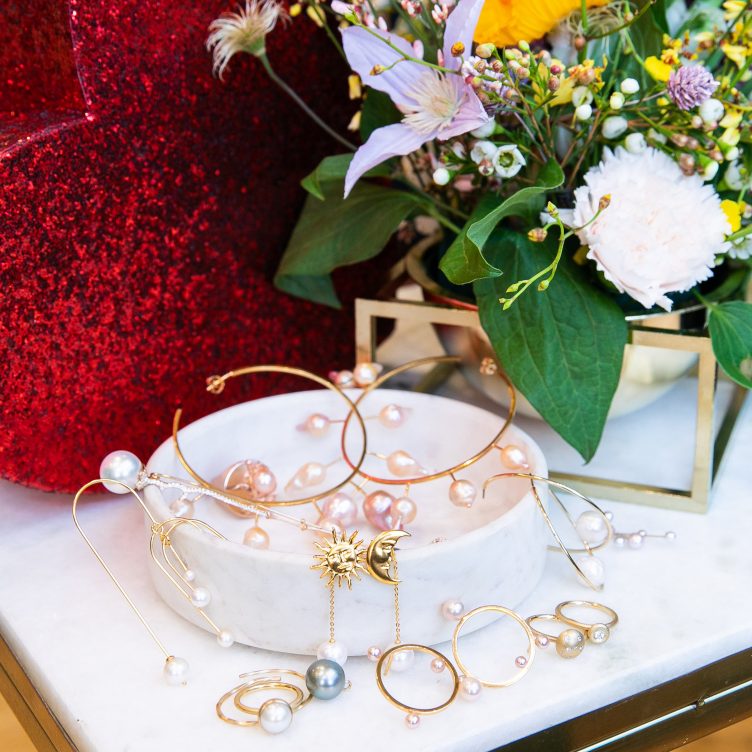
PEARLS DEMYSTIFIED & YOKO LONDON KNIGHSTBRIDGE

Pearls, beautiful in all their forms, come in all shapes and sizes. Have you ever wondered what the difference is between natural and cultured pearls? It’s just one of the questions I am often asked. Natural pearls form in the bodies of certain mollusks, usually around a microscopic irritant and always without human help of any kind. These natural pearl sources have declined over the past century, mainly due to over fishing, pearl culturing and oil drilling. In contrast, creating cultured pearls needs intervention and care. It was the ancient Chinese who first discovered how to ‘create’ a pearl. They did this by inserting an object into the oyster to help grow the pearl. Kokichi Mikimoto, first brought these cultured pearls to a wider international audience at the beginning of the 20th century. In most cases, unless one’s pearls came from an auction house or have been handed down through the generations, it’s most likely to be cultured pearls.

I am also always asked about the major types of cultured pearl available. One may have heard about Akoya cultured pearls from Japan and China. Another type of cultured pearl is the well known South Sea. These are found in countless colours, including a vibrant yellow from Australia, Indonesia, and the Philippines. My absolute favourite pearl is the Tahitian, found in the islands of French Polynesia. These range in colour from the luscious black pearls to the brighter white variations. One can also find that these pearls take on spectacular green, blue even aubergine surface shades, of which are in my own jewellery box! Freshwater cultured pearls are another important type, they are found in freshwater lakes and ponds throughout China and the US. To learn more about pearls visit GIA or sign in into online GIA pearl course here.

By now you may be holding up your string of cultured pearls and wondering just what makes it special? (Apart from it’s obvious beauty that is) Firstly check its color, although white is most classic hue, I prefer more unusual natural colors. Then it’s lustre or surface reflections – pearls with high lustre give off sharp bright reflections from it’s surface making them very pretty to look at!

The number of blemishes or marks on a pearl’s surface is also used to judge it’s overall quality. Then there is the shape, completely round pearls are highly valued but asymmetrical drops are just as special. How well pearls match when in a strand or multi-pearl piece will affect the value too.


I visited the Yoko London Knightsbridge boutique and was literally swamped with pearls- Well this is the largest pearl specialist company in the world! Michael Hakimian, the man behind Yoko London, specialises in rare and unusual colours of pearl as well as exceptional sizes of South Sea, Akoya and Freshwater cultured pearls. He travels across the globe to source pearls with exactly the right size, colour and lustre directly from pearl farms.



